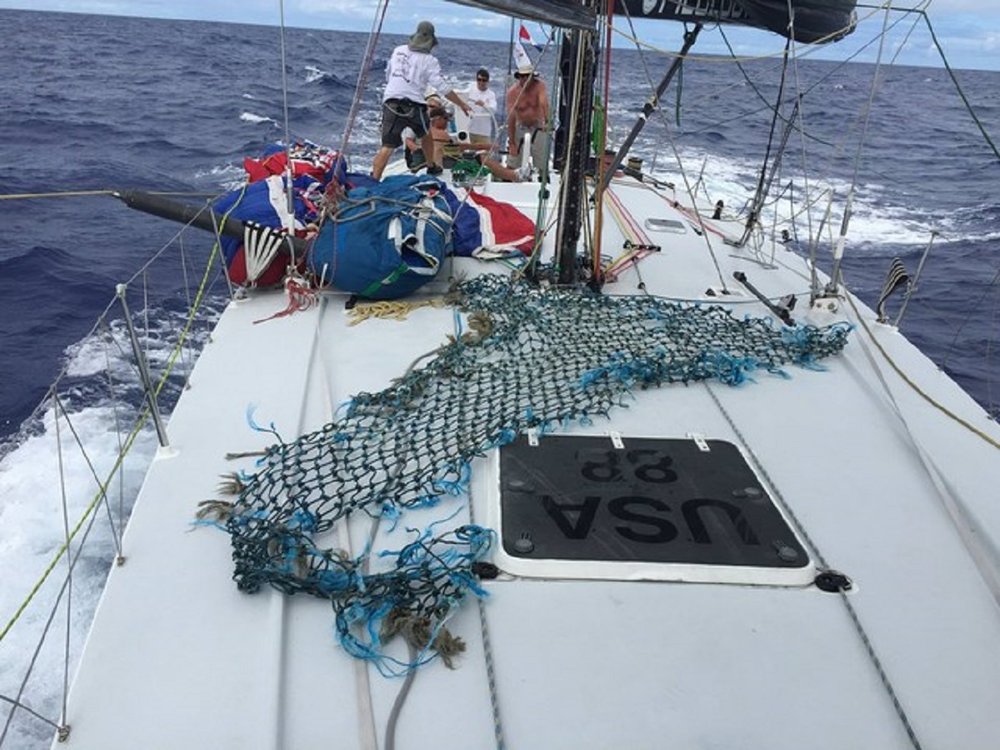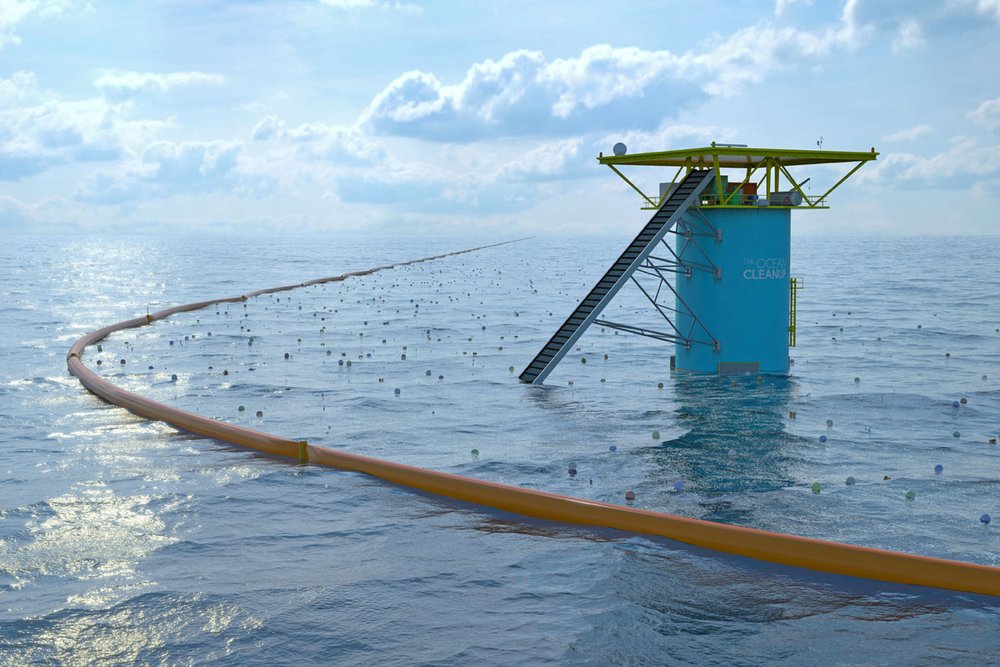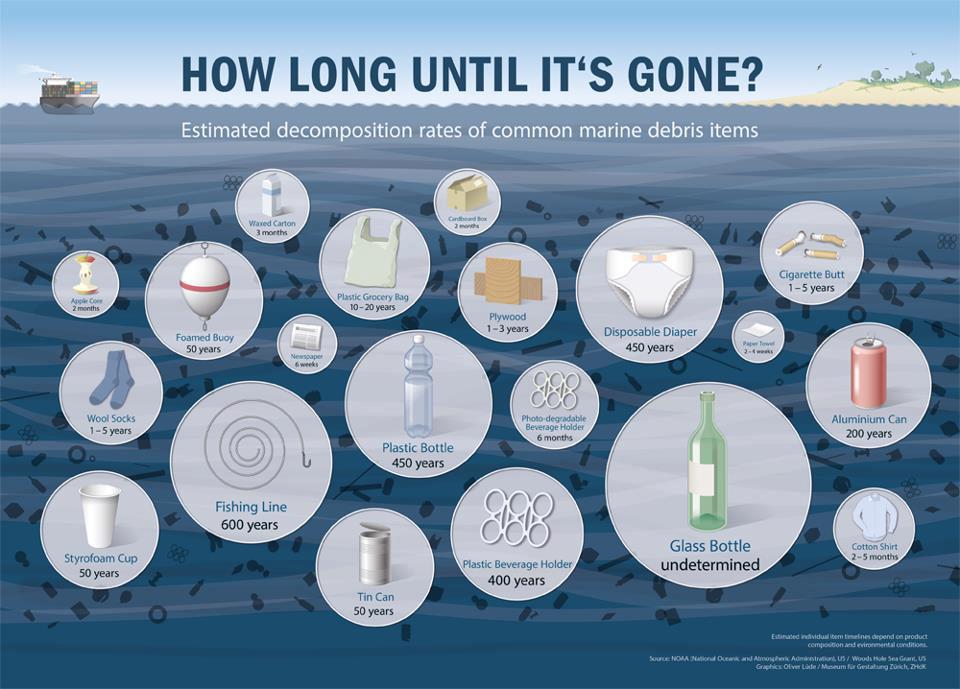
Most 20-year-olds are still trying to figure out what they want to do in life. Not Boyan Slat. Ever since he was 16-years old, the Dutch teenager has had one mission - To clean up the trillions of pieces of plastic that are polluting our oceans and killing precious marine life. What's amazing is that this young man who started with what sounded like an outlandish dream may actually be able to pull off this gargantuan task!
Slat's first exposure to ocean garbage came during a diving vacation in Greece. The teenager was stunned to see that there was more plastic on the beaches than fishes in the sea. Upon completing high school, he started to pursue his lifelong dream of becoming an Aerospace Engineer. However, he could never erase the images of the plastic debris from his mind.
So in 2013, Slat dropped out of college and established The Ocean Cleanup Foundation. Its mission was to create an environmentally friendly large-scale and efficient way to remove the plastic pollution from aquatic ecosystems while increasing awareness by simultaneously communicating this process intensively.

Within a year, the determined youngster and his team of 100 volunteer scientists and engineers from all around the world managed to come up with a 530-page feasibility study that laid out the technology and the financial needs for such a concept to be viable.
Called the "Ocean Cleanup Project," it did not entail chasing after every piece of floating plastic. Instead, the plan focused on the five "garbage" patches that have been accumulated by rotating ocean currents or gyres in specific areas. According to experts, the five harbor about 5.25 trillion of the 8 trillion pieces of plastic estimated to be floating around the world's oceans today.
Slat's team hypothesized that if we create a stationary collection area around each one, the plastic could be picked up in an economical and efficient manner. The plan was convincing enough to raise the team close to $2.2 million USD in a crowdfunding campaign.

But before any clean-up could begin, the environmentalists needed to get an idea of what they were up against. So on July 23rd, a fleet of 30 small boats and a 171-ft long mother ship called Ocean Starr, set out towards the Great Pacific Garbage Patch. The 500-mile long area of toxic plastic waste that extends from California to the Sea of Japan is the largest of the five ocean garbage accumulation zones.
The "Mega Expedition," that covered 3,500,000 km, or 2,174,799 miles of ocean measured the trash in various ways. Manta trawls (net systems for sampling the surface of the water) were attached to each boat, allowing the environmentalists to collect samples as they drifted along.
A sighting app and a high altitude balloon fixed to Ocean Starr gave the researchers an idea of the number of bigger pieces of trash, like abandoned buoys and fishing nets that are floating around. During the month-long expedition that ended in San Francisco on August 23rd the team collected more data than experts have been able to in 40 years.

The Ocean Cleanup Project plans to test its technology with a small task off the shores of Japan in 2016. If all goes well, they will embark on the arduous chore of cleaning up the Great Pacific Garbage Patch. The team estimates it will take ten years to extract just 42% of the plastic that is currently floating around the area.
So how will Slat's team retrieve the garbage? By using a system of strategically placed floating barriers that will collect the plastic brought in by the ocean currents, similar to how the waves carry trash to shore. The collected debris will be moved to a storage area with the help of a solar-powered conveyor belt. Every 45 days or so, a ship will be dispatched to retrieve the collected garbage and bring it ashore. Since the system does not require nets, there is no chance of harming wildlife in the process. As for the accumulated plastic? It will be recycled into oil, which can be sold to help offset some of the costs associated with the project.

To ensure that our oceans remain clean, the Foundation plans to create programs to educate and raise recycling awareness. The team is also trying to develop technology to intercept the plastic and other garbage in rivers and smaller waterways before it enters the ocean.
Even if the young social entrepreneur is partially successful, it will be a huge step in the right direction. According to experts, plastic debris does more than kill about a million seabirds and over one hundred thousand marine animals each year. It also costs the fishing and tourism industries about $13 billion dollars in clean-up costs each year. And even worse, the accumulation of toxic chemicals released by plastic in the sea has started to enter our food chain through fish and is now being linked to the rise in diseases like cancer.

While the statistics are dire, the good news is that we can all help eliminate the problem. All we have to do is take responsibility and practice the three RRR's - Reuse, Recycle, and most importantly, Reduce!
Resources: fastcompany.com, the oceanproject.com,boyslat.com,gizmag.com